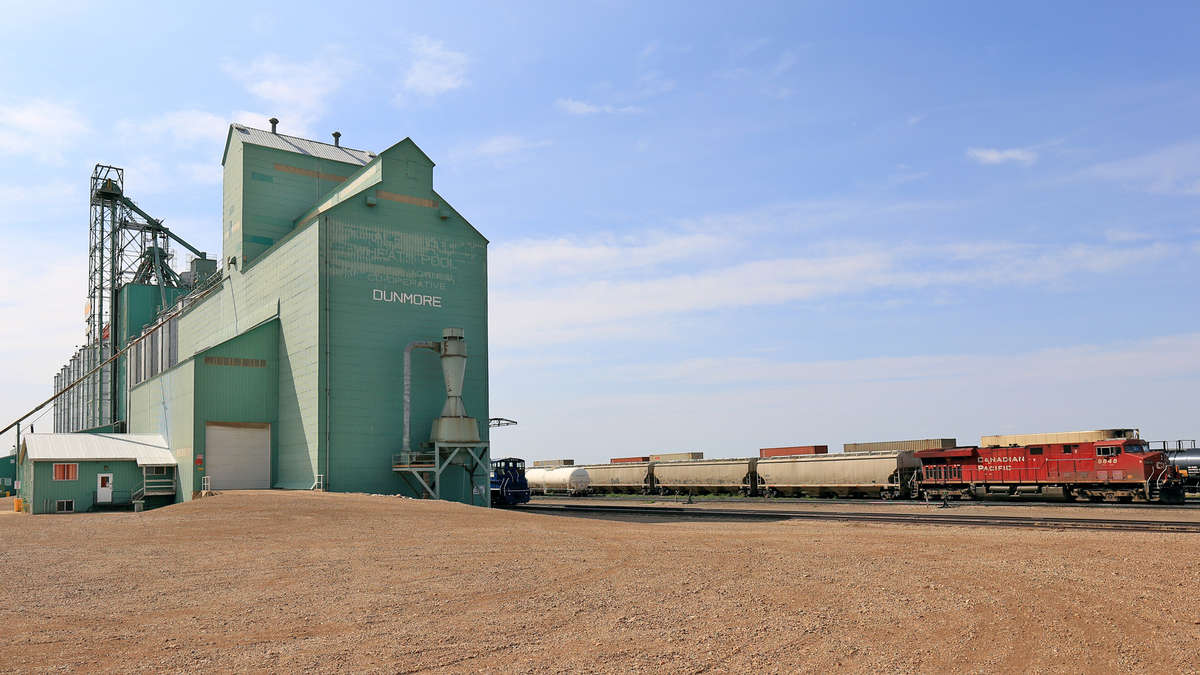Canadian Pacific (NYSE: CP) hauled record volumes of grain last December and for the fourth quarter of 2019, following significant capital investments in its grain infrastructure.
The railway shipped 7.9 million metric tonnes (mt) of grain in the fourth quarter, beating a prior quarterly record of 7.5 million mt in the fourth quarter of 2018, the company said on Jan. 7. CP also moved 2.5 million mt in December 2019, the best-ever total for a December. The fourth quarter of 2019 also includes November’s total, which was an all-time monthly record.
Grain volumes are also running higher year-to-date for the 2019-2020 crop year that runs from Aug. 1 to July 31. Grain volumes are up 2.1% compared with the same period in 2018-2019, to 12.17 million mt.
The higher grain volumes come as the company boasts more than 2,170 new high-capacity hopper cars, with plans to have 3,300 cars by the end of 2020. CP had announced in June 2018 that it was spending approximately C$500 million to acquire 5,900 new hopper cars over the next four years.
CP also has adopted an 8,500-foot high-efficiency product train model at 15% of the high-throughout grain elevators that CP services. The railway hopes to increase that to more than 25% by the end of this year. These high-throughput grain elevators are able to handle the high-efficiency trains, which can carry up to 44% more grain per train, CP said.
“2019 has been a banner year for CP and the Canadian grain supply chain despite the challenging economic and environmental conditions,” said Joan Hardy, CP’s vice president of sales and marketing for grain and fertilizers. “These month-after-month records are a testament to the hard work from everyone involved: from field to rail to port, all stakeholders have collaborated closely to ensure we are delivering for farmers and the Canadian economy.”
Hardy also said CP is working with customers to move crops that will be harvested this spring. Wet conditions in the fall, plus a late harvest, made harvesting conditions more challenging, she said.











